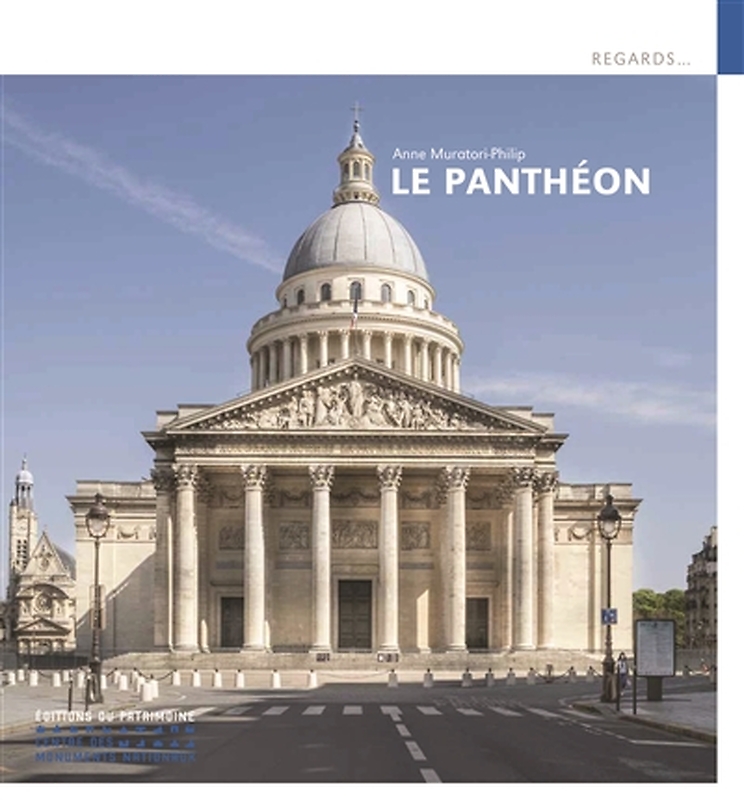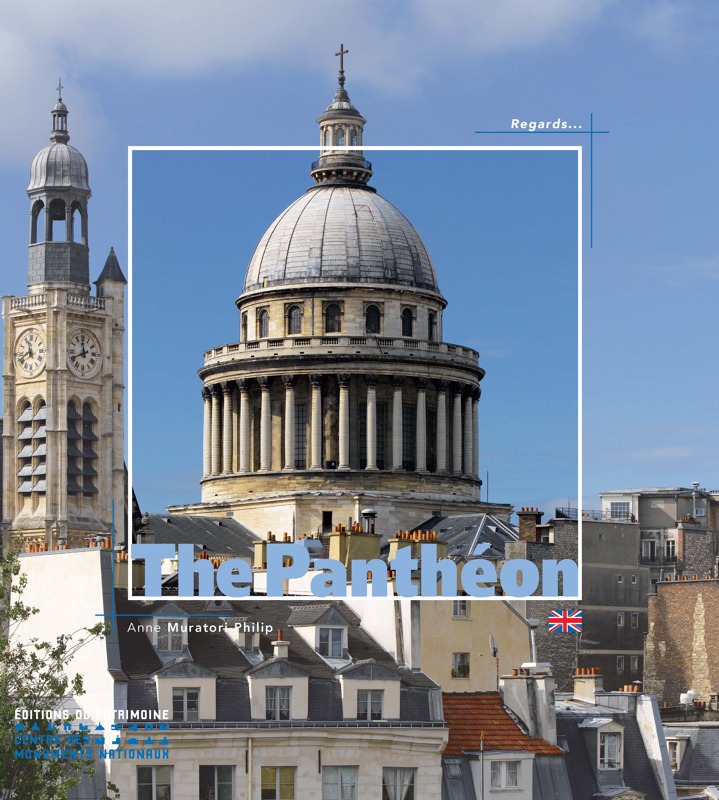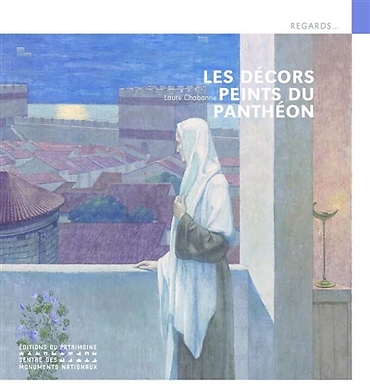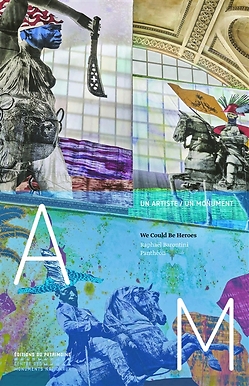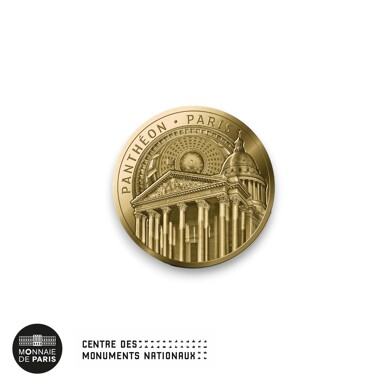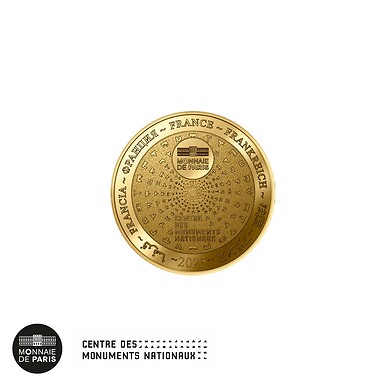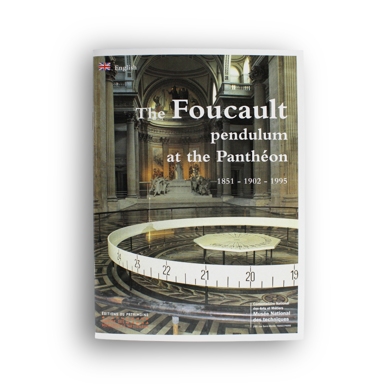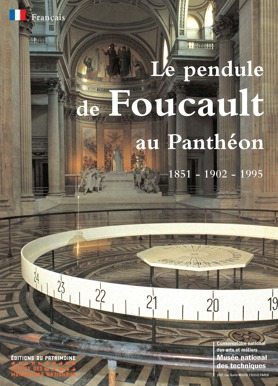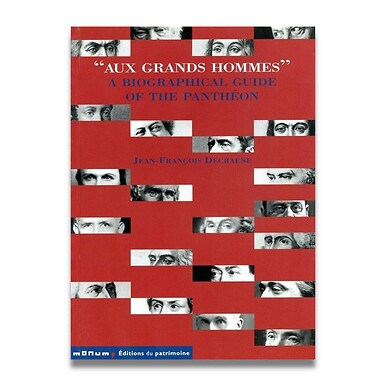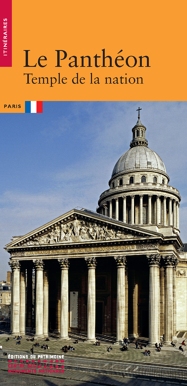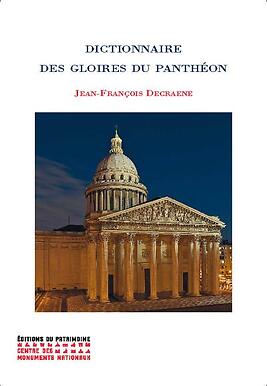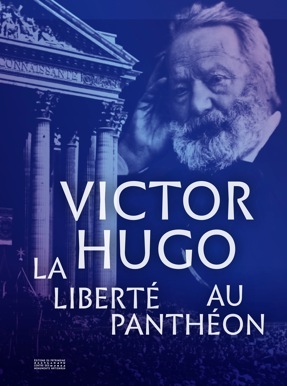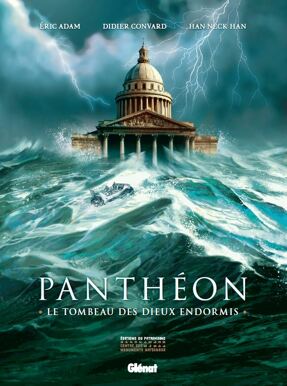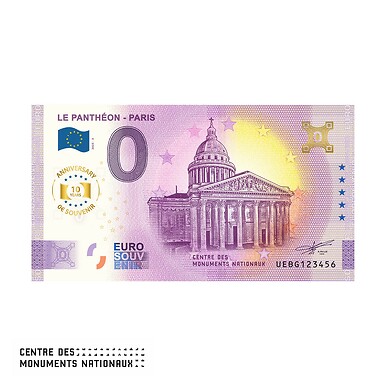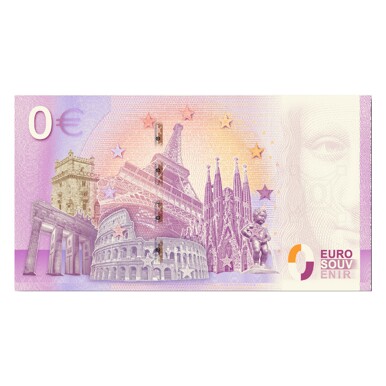The Panthéon
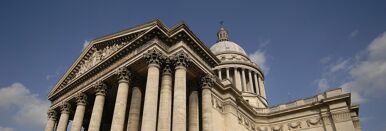 Panthéon
PanthéonLabel
 Éditions du Patrimoine
Éditions du PatrimoinePassions
 Heritage
Heritage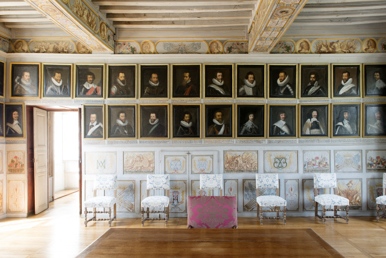 French historical figures
French historical figuresDescription
The church of Sainte-Geneviève, built from 1764 on the orders of Louis XV by the architect Soufflot, lost its religious vocation in 1791 and became the Panthéon, a secular temple dedicated to the worship of great men. It was briefly returned to Christian worship twice but became a civic temple definitively in 1885, during the funeral of Victor Hugo. The Panthéon, a witness to the history of France, embodies civic and republican values associated with the presence of the "panthéonisés," including Voltaire, Rousseau, Victor Hugo, Jean Jaurès, Jean Moulin, Pierre and Marie Curie. The neoclassical architecture, paintings, sculptures, and the scientific experiment of Foucault's pendulum allow for an interdisciplinary approach to this place of national memory, where religious and republican symbols are juxtaposed. The author provides a rigorous account of the history of the Panthéon from Louis XV's vow to the present day and discusses its unique features in the annexes, such as the Foucault pendulum, celebrities, and architects.
Description & Features
- Publisher
- Editions du patrimoine
- Characteristics
Binding: Broché avec rabats
- EAN
- 9782757700907 (Anglais)
- EAN
- 9782757709382 (French)

 Français
Français  English
English 